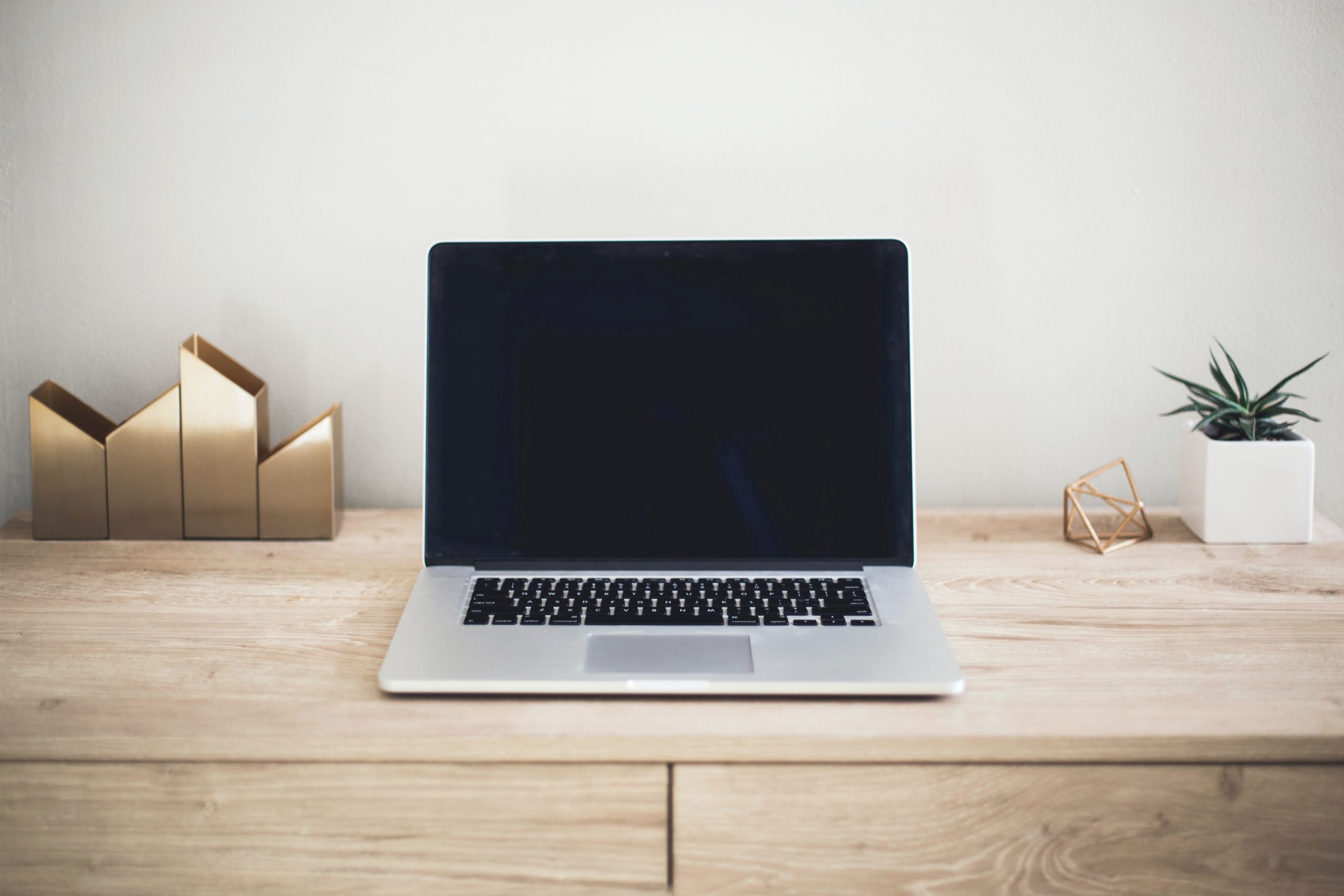Top Tips for Setting Up Your New Computer with Security Front of Mind
Getting a new computer is an exciting moment and comes with the expectation of quicker and easier task completion and the enjoyment of utilizing the latest technology. Unfortunately, though, if you get hacked at any point, this can not only cause a lot of stress and headaches but be costly time-wise and financially, too.
As such, setting your new computer up securely is imperative to help keep hackers out of your device and other networks.
Utilize Security Tools
It’s wise to equip your computer with comprehensive security software ASAP. Choose a product that protects against threats such as viruses, spam, spyware, ransomware, and other malware. It should give you real-time threat alerts, protect your privacy when you browse and buy online, and guard against apps designed to steal data, among other things.
You might like to utilize a Trend Micro trial to test out that brand’s quality products or there are other options on the market to investigate. Keep in mind that while free antivirus services used to provide decent cover, they’re not enough in this day and age when hackers are so out in force and come up with increasingly sophisticated attack strategies.
Check your computer to see if it has a firewall installed. Most come with a firewall these days, but if not, you can purchase a third-party product. If you have one there to use, ensure it’s turned on by going to the ‘Settings’ section on your device or the ‘Network Connections’ tab in the Control Panel and activating it. The firewall is worth utilizing because it adds an extra layer of defense against hackers, especially those who try to use an internet connection to break in.
Update Software and Keep It Up to Date
It’s also crucial to update the software that has come pre-installed on your device when you first get it out of the box and set it up. While you might think this is a waste of time because the product is brand new, you don’t know how long the device was sitting on the shelves or in a warehouse or factory before you bought it. It’s possible that the computer’s current version of various products is thus outdated and needs updating to ensure you have all the latest editions.
Many different factors may need updating, too. For example, pay attention to the operating system, browsers, games, applications, plugins, Microsoft Office tools, and more. Don’t just stop there with updates, either. Over time, new editions of programs will become available, many of which will be more secure because developers find security gaps in their software and plug them to keep hackers out.
If you’re running older editions, though, you leave yourself more vulnerable to attack. It pays, then, to set up all programs to automatically update as soon as new releases come out. This way, you don’t have to remember to do the job manually, and you won’t have periods where you’re more at risk of being stung by a cybercriminal.
Put Strong Passwords in Place
Another necessary step to ensure your computer is set up as securely as possible is choosing quality passwords for various elements. For example, password-protect the device itself so that if it gets lost or stolen, other people can’t log in and see your data. Change the default user ID settings on the product ASAP because these are common knowledge and don’t pose any threat whatsoever to a hacker.
In addition, choose hard-to-crack passwords for the Wi-Fi you connect your device to, along with all the accounts you log into on your computer, such as social media platforms, emails, eCommerce sites, streaming services, subscriptions, etc. Your codes shouldn’t feature words or numbers that cybercriminals might guess from your publicly-shared information, too (e.g., social media posts, email signatures, blog posts, etc.). For example, avoid codes relating to your email or home address, birth date, children’s or pets’ names, lucky numbers, favorite colors, and so on.
Furthermore, choose passwords that contain upper-case and lower-case letters plus one or more symbols and numbers. For extra security, have different codes for different accounts and devices, too, so that if a hacker compromises one login, they won’t be able to get into everything with a duplicated password. Also, update your codes every so often to help increase protection.
Following all these steps will help ensure that your excitement over having a fantastic new computer doesn’t wane because you have the headache and potential financial cost of dealing with a hacker attack. The more vigilant you can be, the better.

